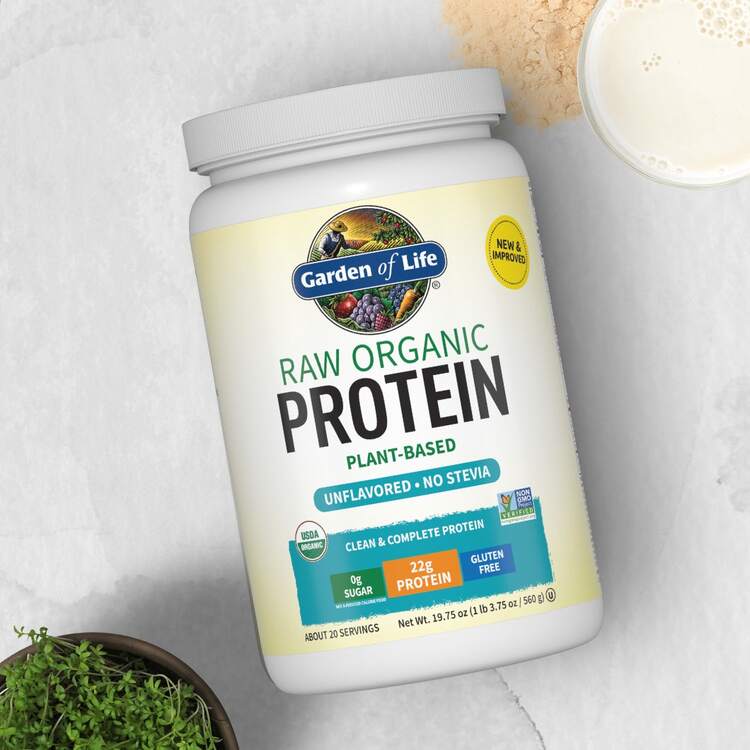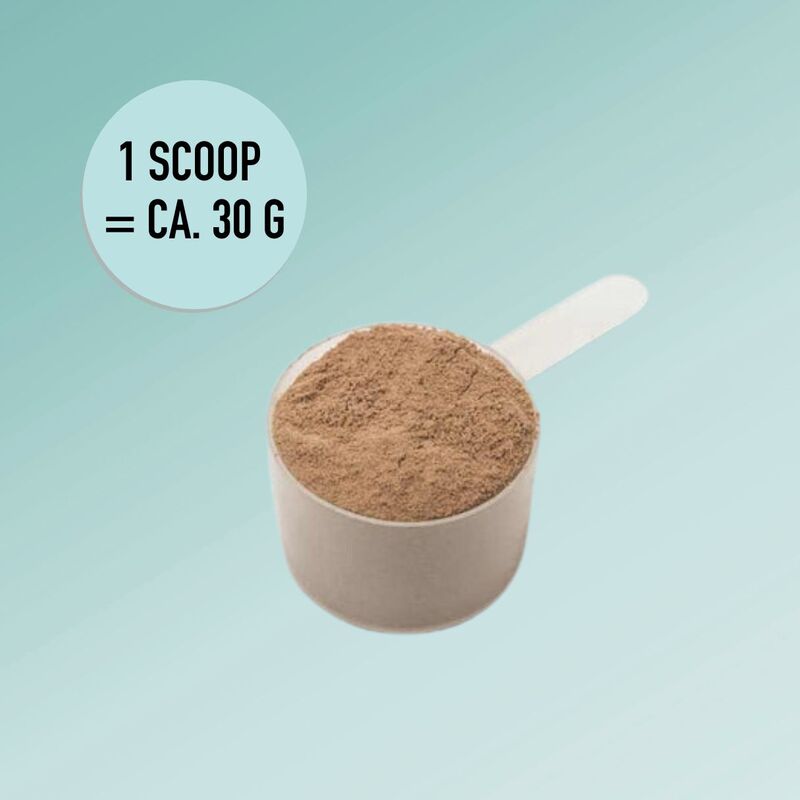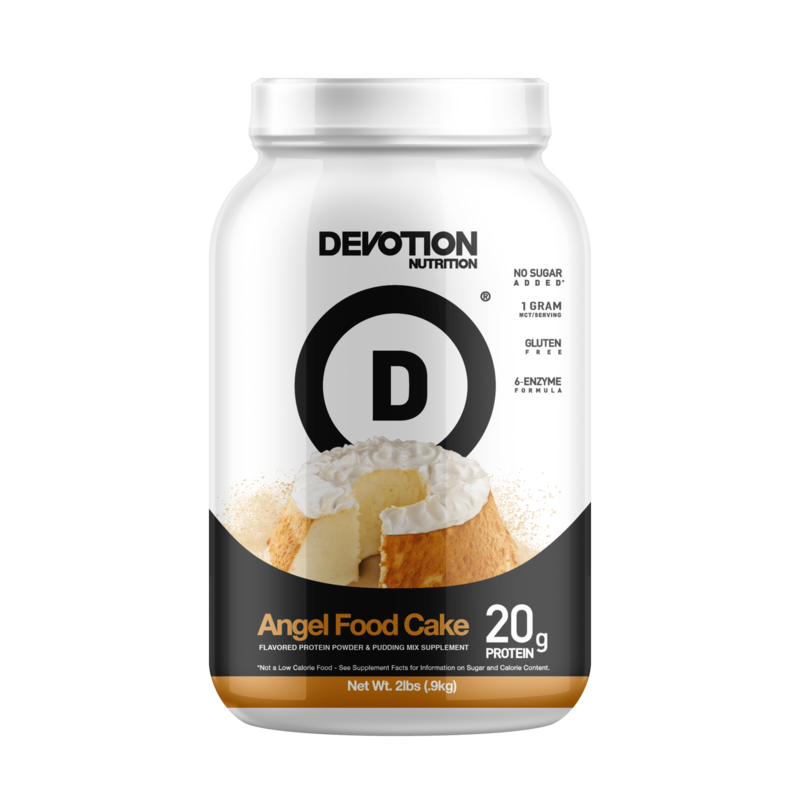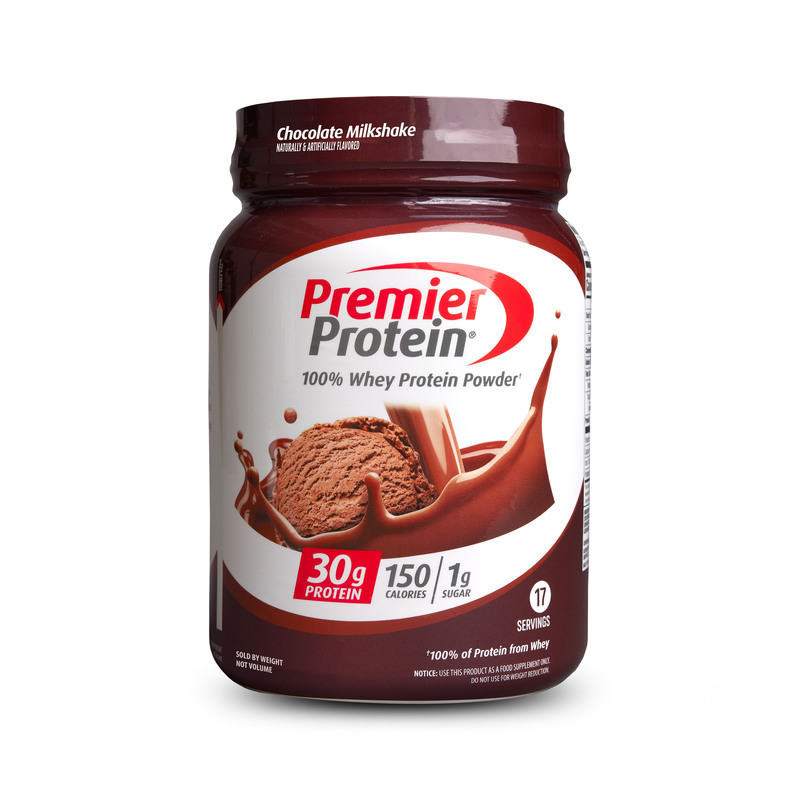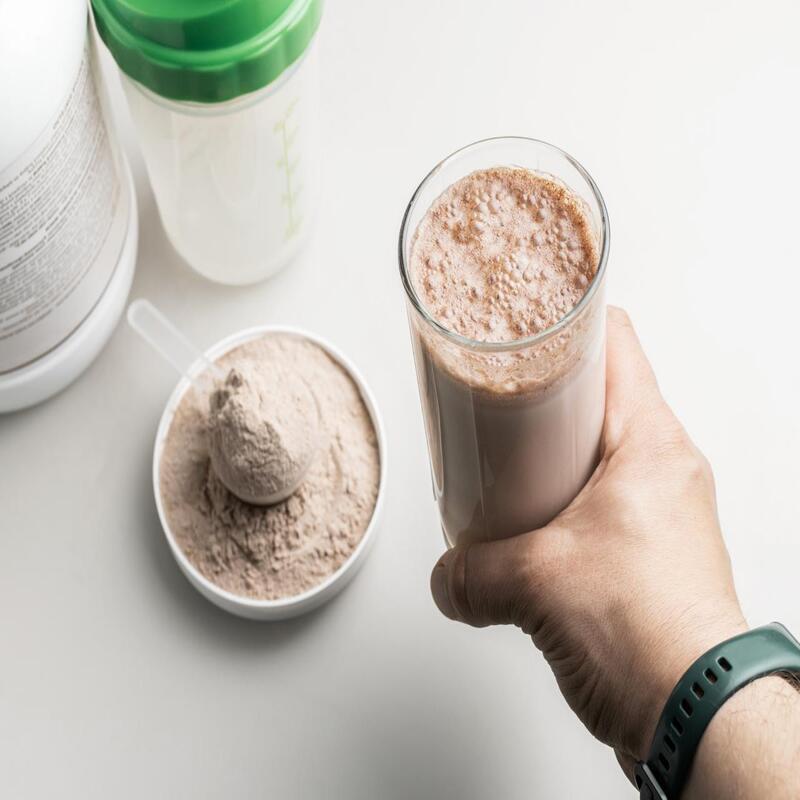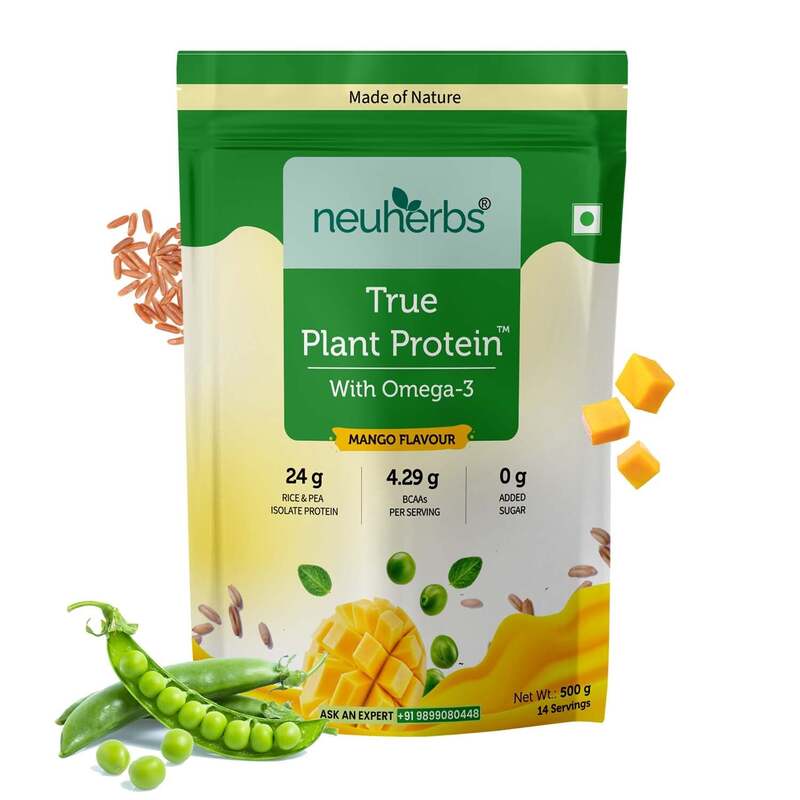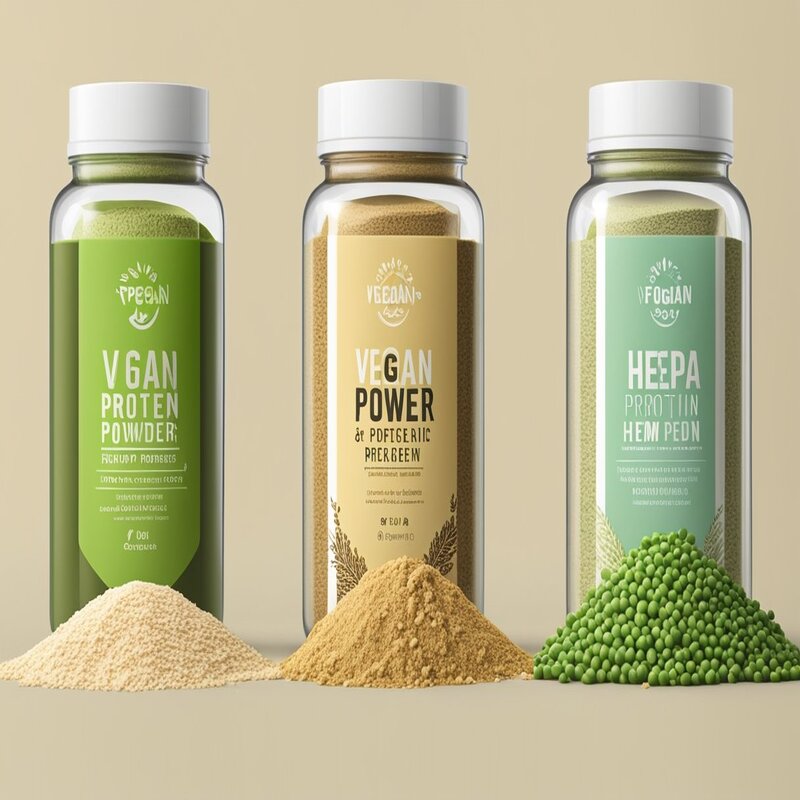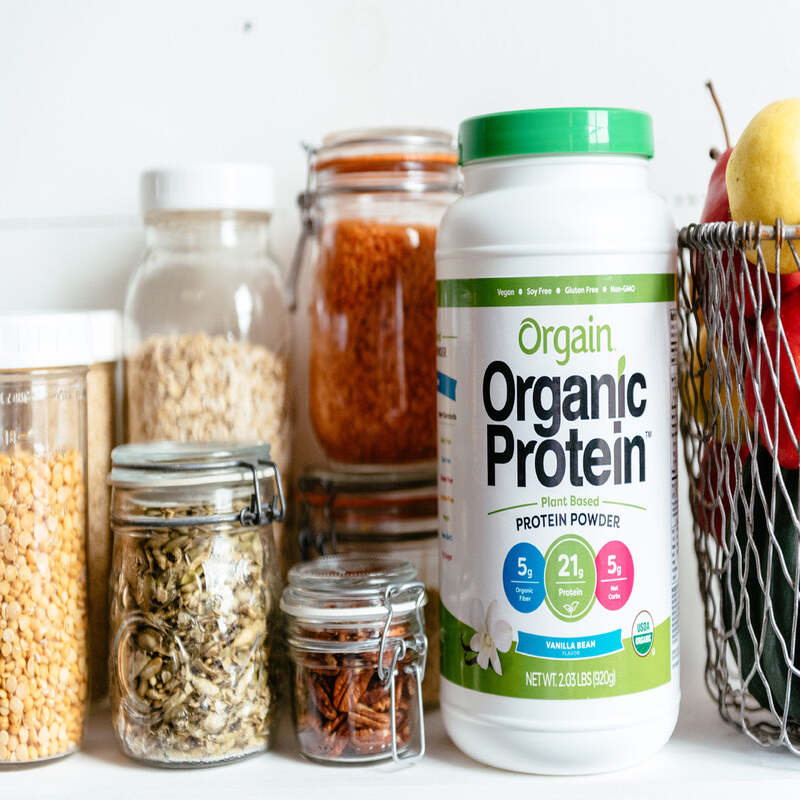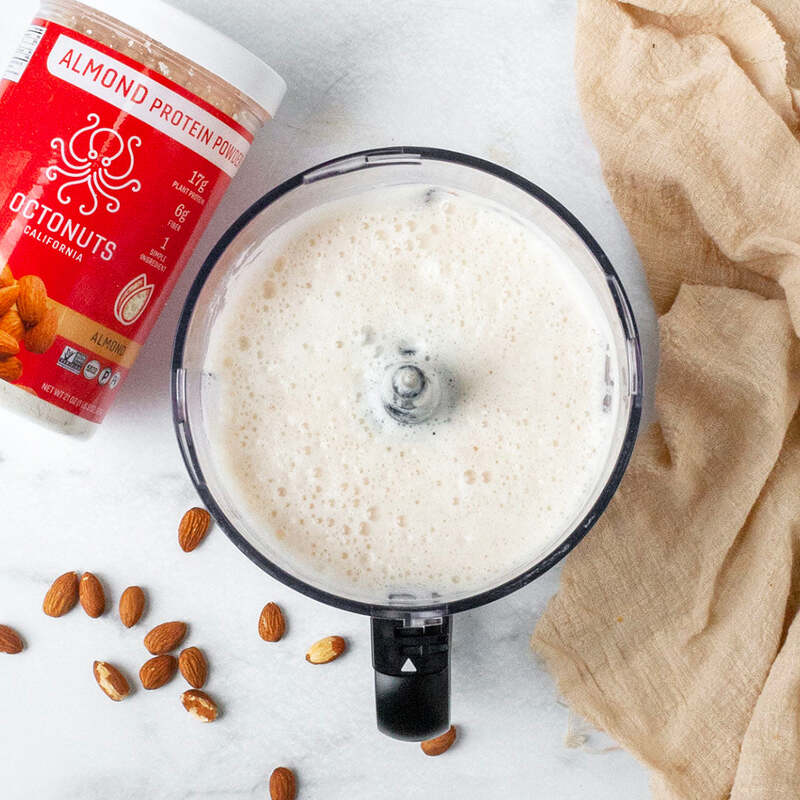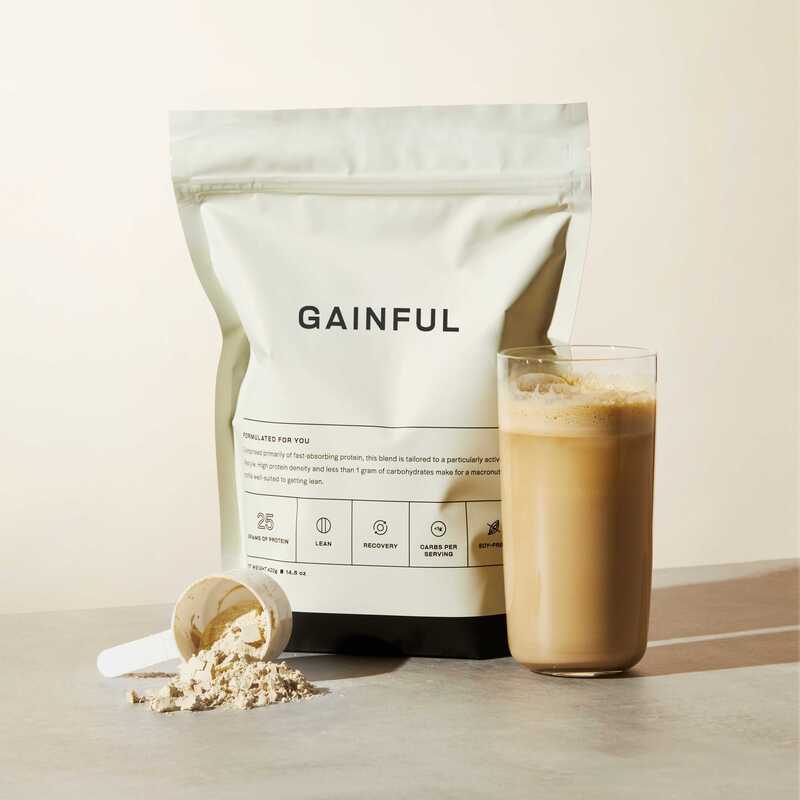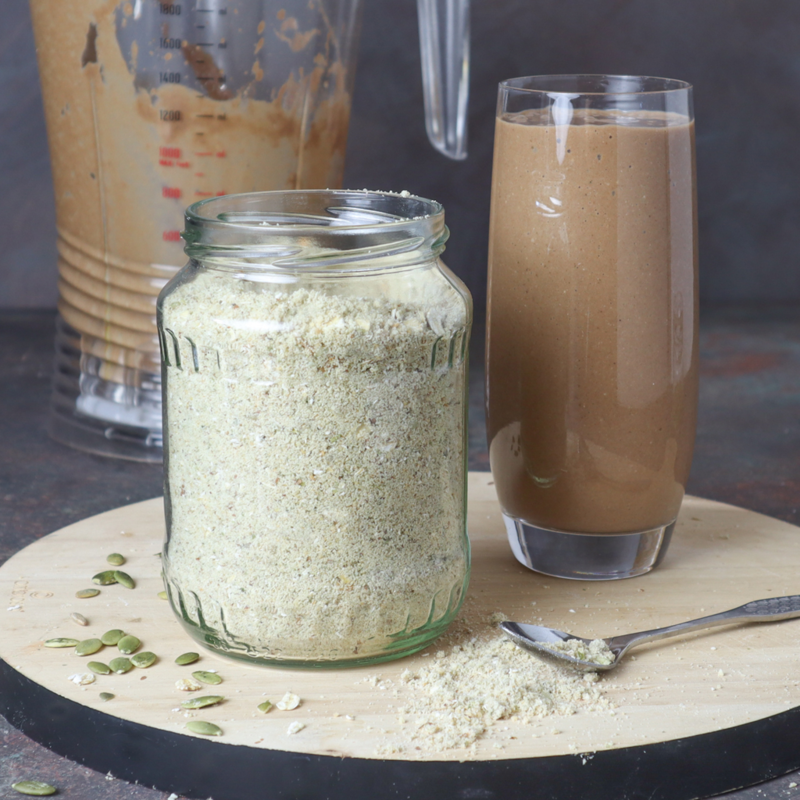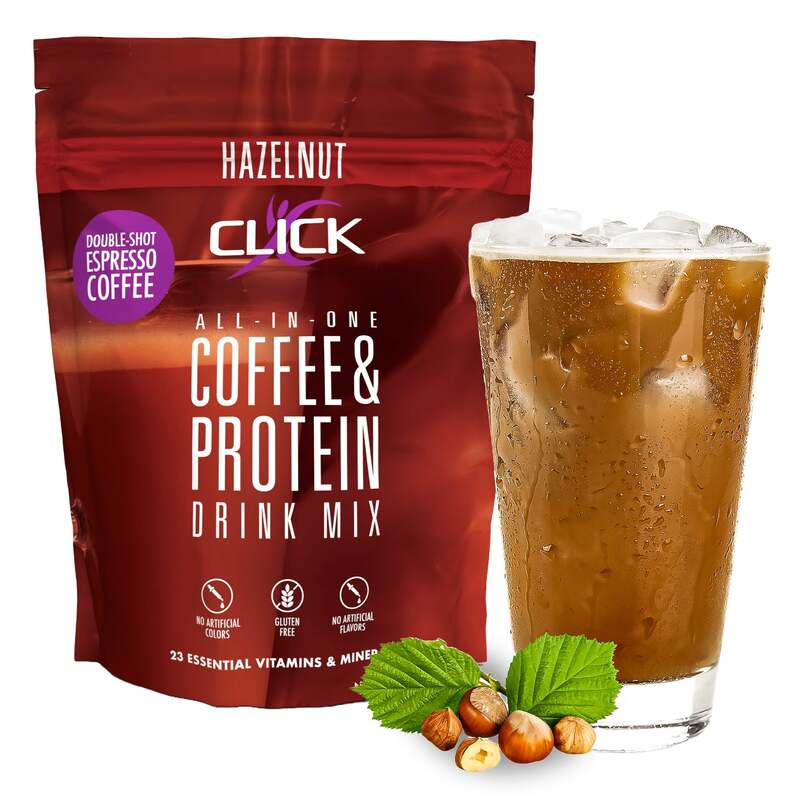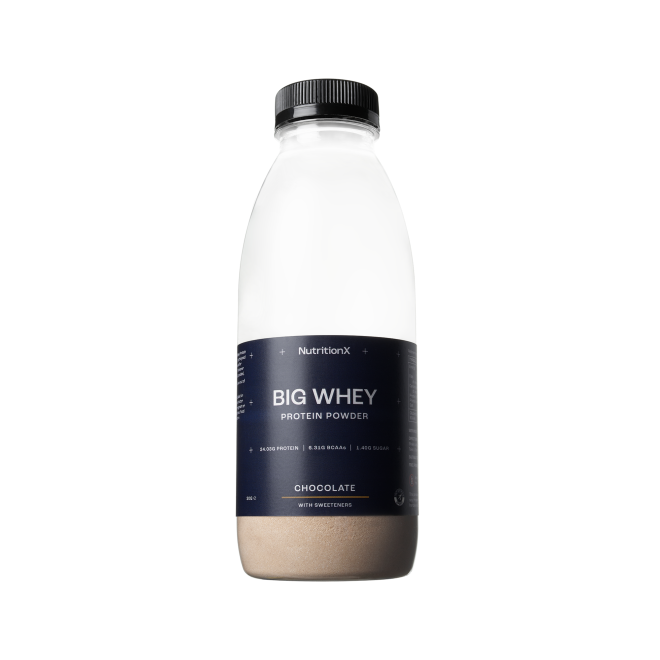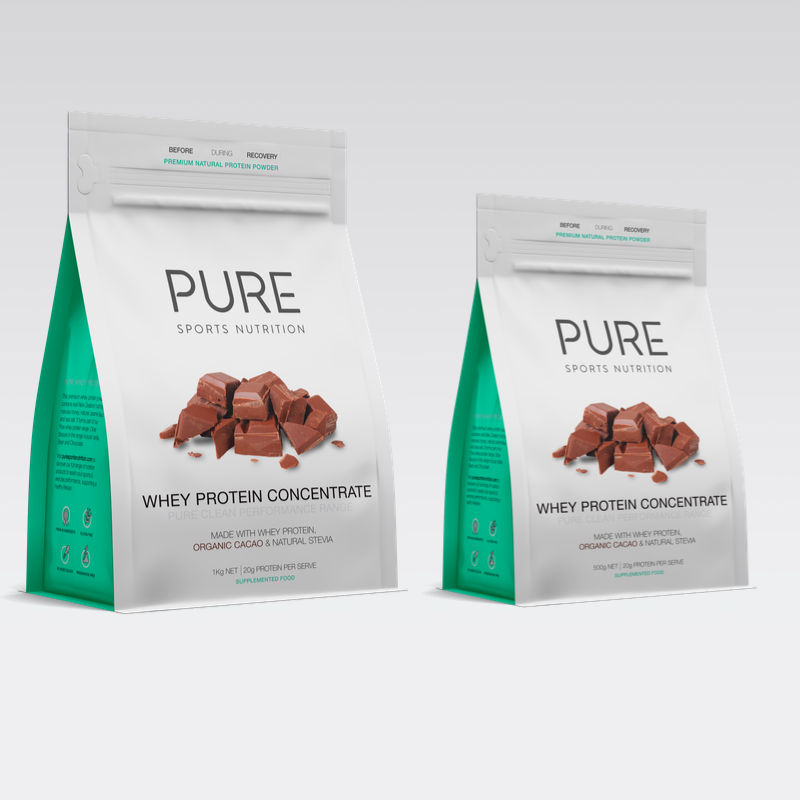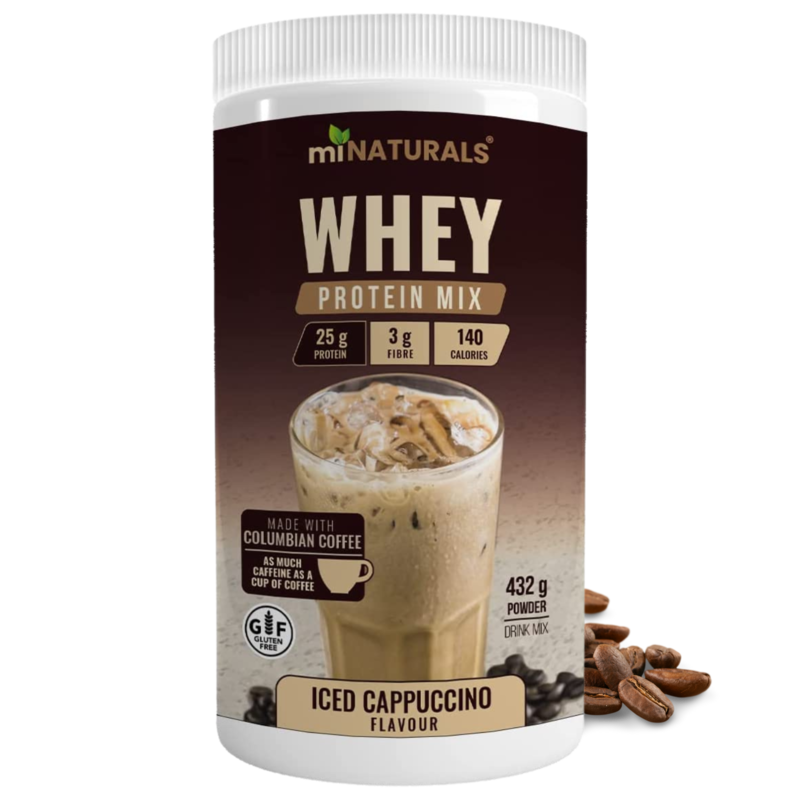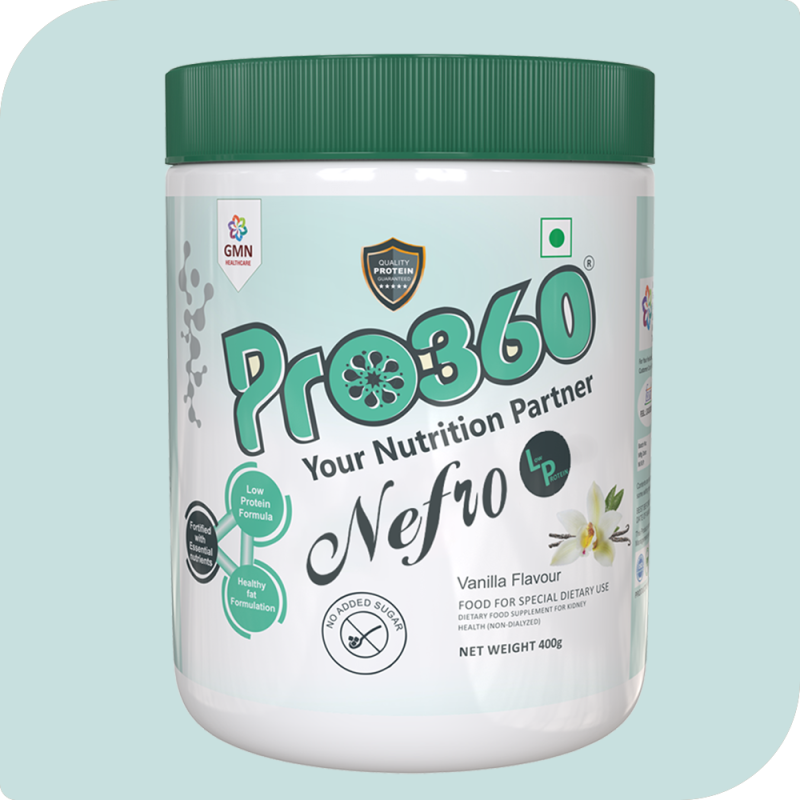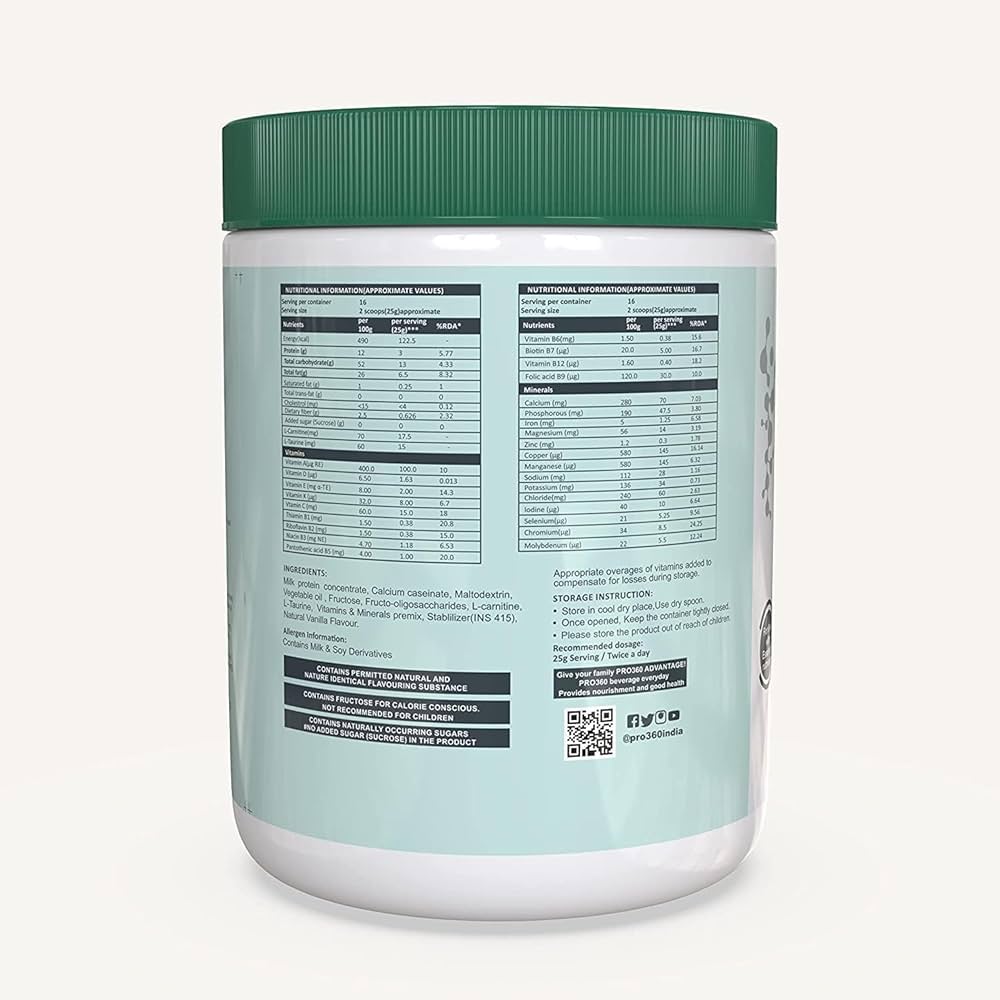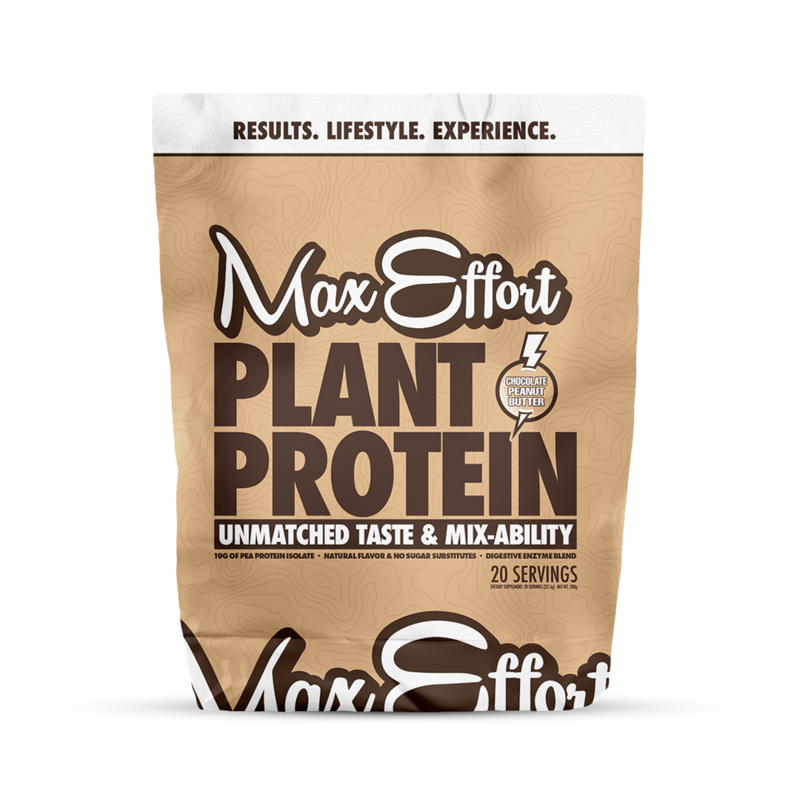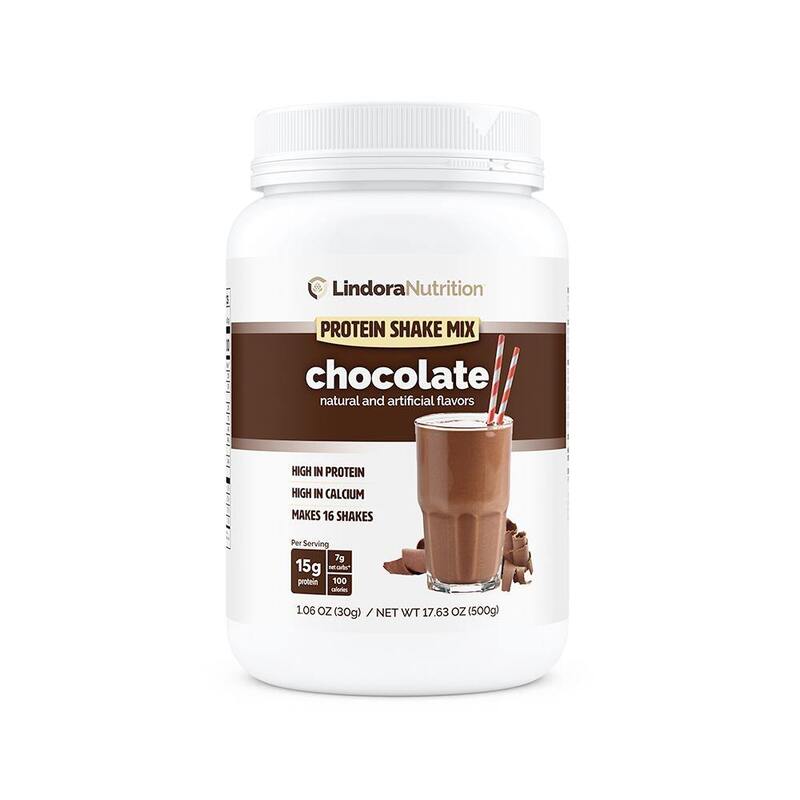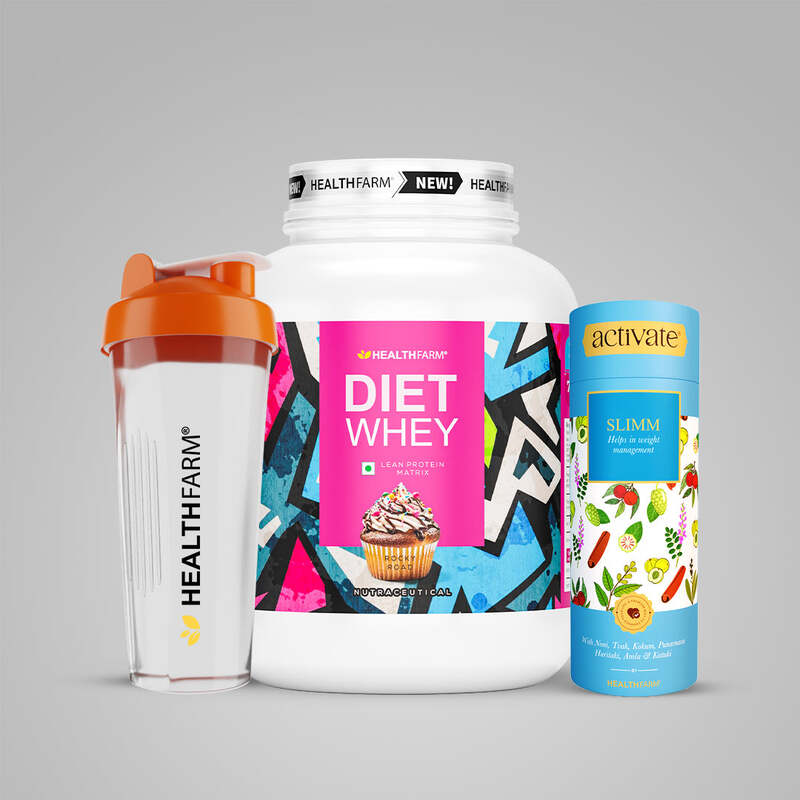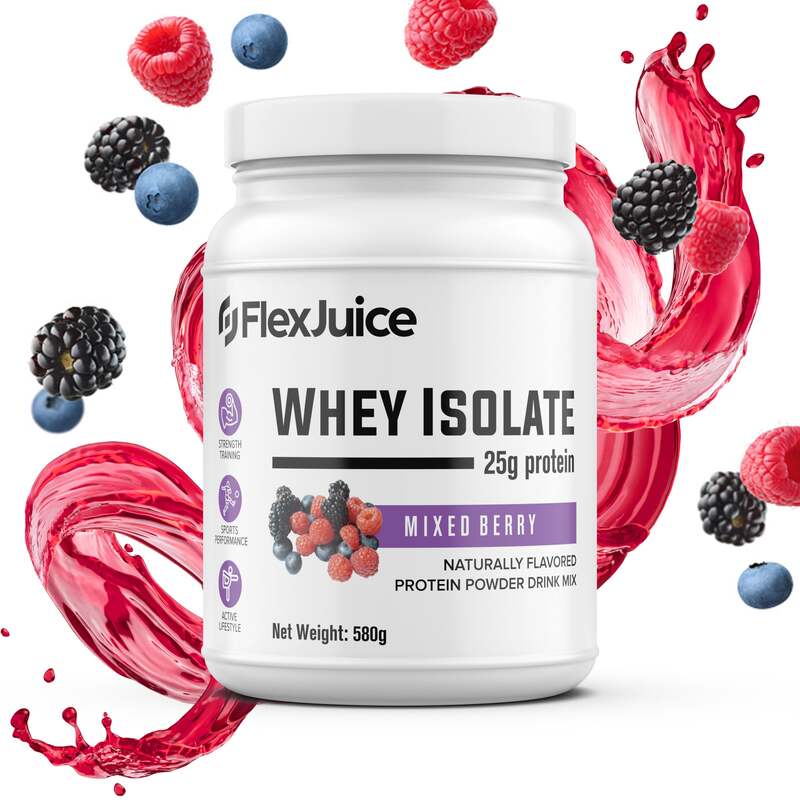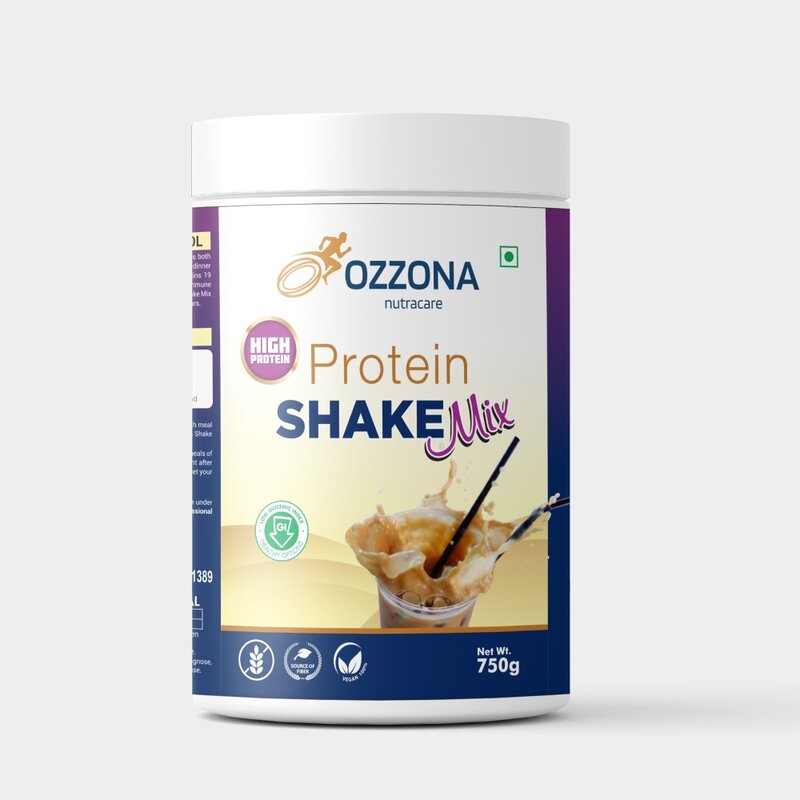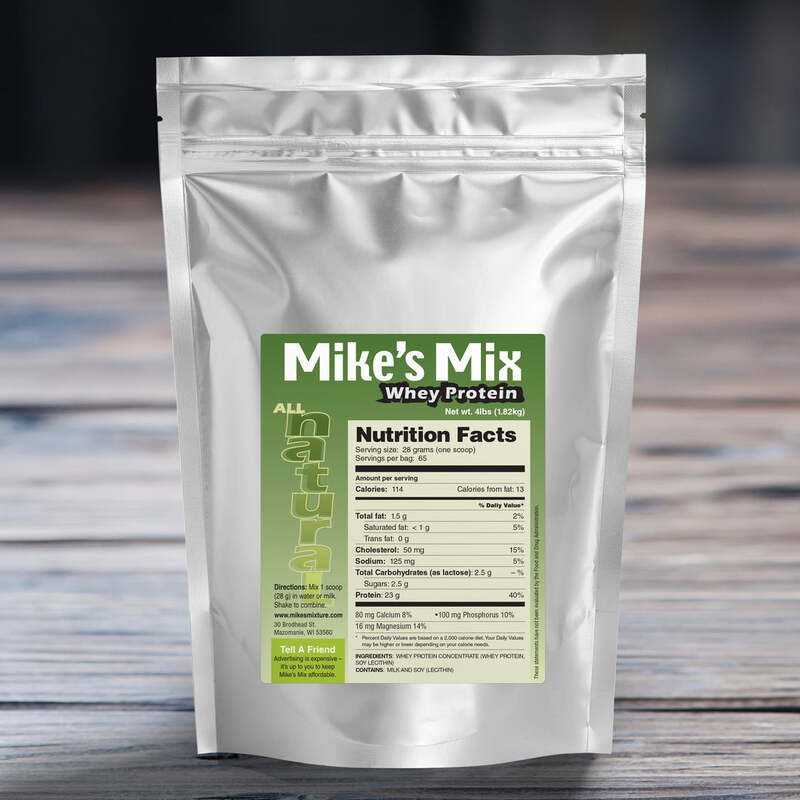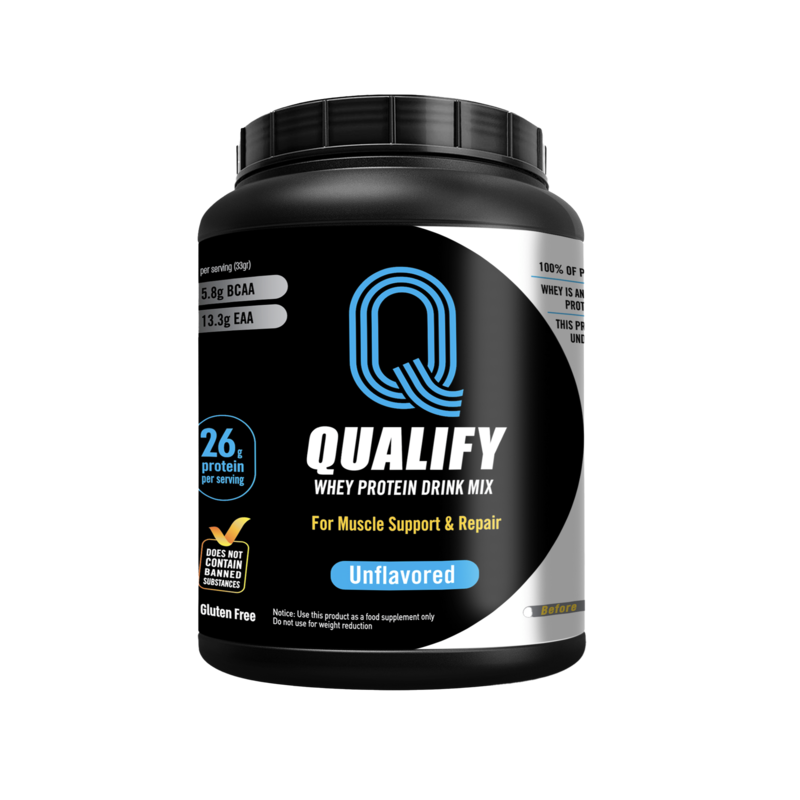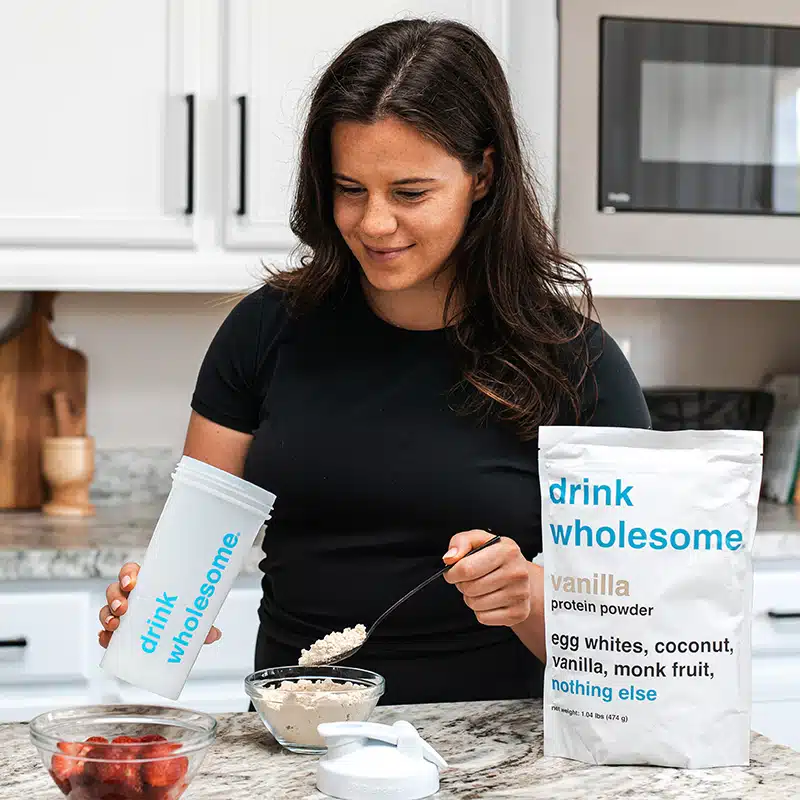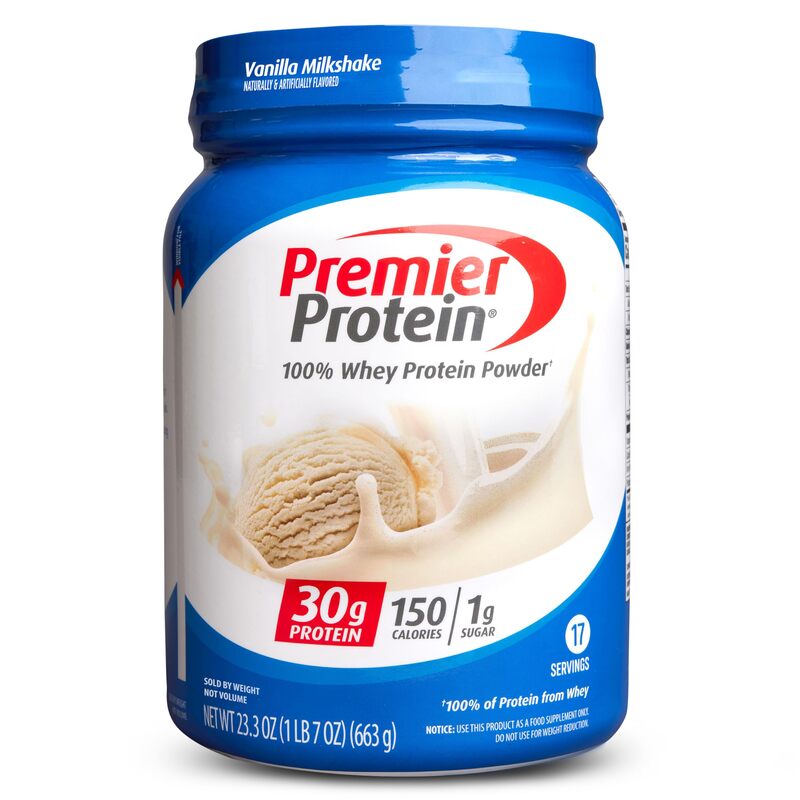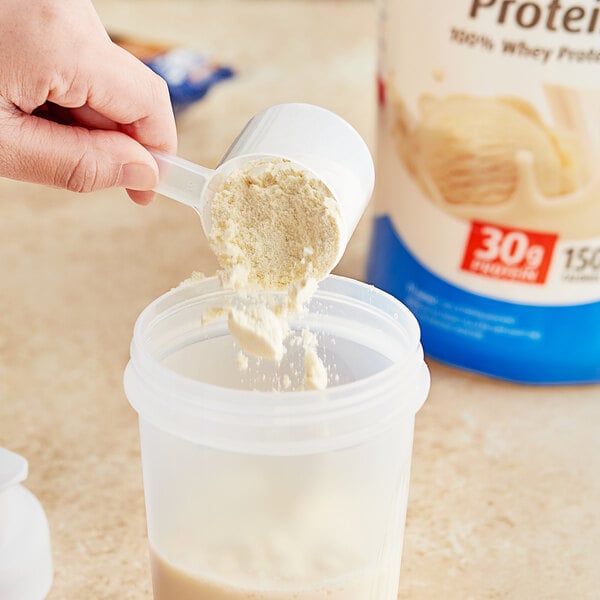Finding the right protein powder can be overwhelming, given the multitude of options available. Protein powders serve various purposes, whether you are building muscle, recovering from workouts, or simply looking to boost your protein intake. Understanding where to obtain quality protein powder is crucial for maximizing its benefits. Additionally, consideration of the type and ingredients is equally vital in making an informed choice. This guide will explore multiple avenues for acquiring protein powder, detailing physical stores, online retailers, and specialized dispensaries.
Local Health Food Stores
Exploring Your Community
Local health food stores often carry a wide variety of protein powders. These shops typically stock several brands, including plant-based options and whey protein. By visiting these stores, you can speak directly with knowledgeable staff. They are usually well-versed in the nutritional benefits of each product. Moreover, purchasing from a local store allows you to read labels carefully. You can also examine the texture and consistency of the powders before committing to a purchase.
Shopping locally has additional advantages as well, including supporting small businesses and reducing shipping times. Local health stores frequently offer sales or promotions, which enhance your purchasing power. Furthermore, many of these stores allow you to try sample sizes before committing to a larger purchase. This enables you to determine which flavor and type suit your palate best. Additionally, by shopping in physical stores, you gain immediate access to your chosen product instead of waiting for shipping.
Networking for Recommendations
Another significant benefit of visiting local health food stores is the community aspect. You can often interact with fellow health enthusiasts who may share valuable insights. Conversations can lead to recommendations on brands, flavors, and uses for protein powder. Besides, local stores often host workshops or events that feature nutrition experts. These gatherings can provide additional information about protein supplements and their importance in a balanced diet.
Engaging with your community in this way creates a sense of belonging. It also enables you to gain knowledge from those with similar fitness goals. Overall, local health food stores remain an excellent choice for acquiring protein powder. Not only do they offer direct access to products, but they also foster community connections that can enhance your fitness journey.
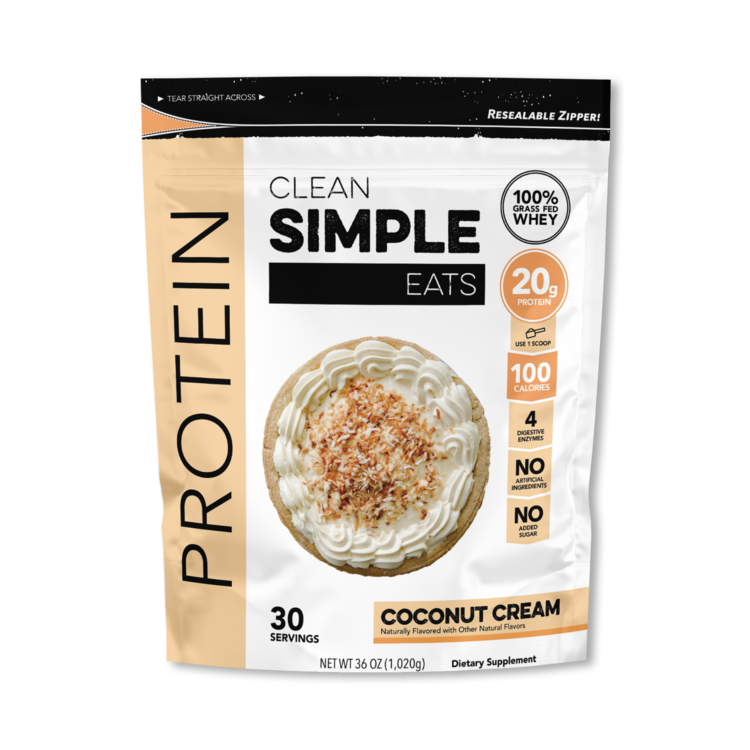
Online Retailers
The Convenience of E-Commerce
In today’s digital age, online shopping is an increasingly popular option for acquiring protein powder. With just a few clicks, you can explore countless brands and types. This convenience allows for an easy comparison of prices and ingredients, which can be daunting at brick-and-mortar stores. Additionally, online retailers often provide user reviews and ratings that offer insight into product effectiveness. This can be invaluable when selecting a protein powder that fits your specific needs.
Online shopping also provides the advantage of bulk purchasing options. Many websites offer discounts for larger quantities, which can help you save money over time. The ability to subscribe for recurring deliveries means you’ll never run out of your favorite protein powder. Furthermore, many online retailers feature flexible shipping options, including express delivery. This ensures that your protein powder arrives quickly, allowing you to maintain your fitness routine without interruption.
Navigating Different Platforms
When it comes to online retailers, several platforms stand out, such as Amazon, Bodybuilding.com, and specialized health sites. Each platform offers unique features, so it’s essential to determine which suits you best. For example, Amazon might provide a wide variety of customer reviews, while specialized sites may offer detailed nutritional information. Health-focused websites often provide in-depth analyses of ingredients and their benefits, making it easier to choose wisely.
Moreover, the option to buy directly from manufacturers’ websites can also be beneficial. This allows you to learn more about the brand’s philosophy and watch for sales. Many brands offer exclusive discounts or promotional bundles on their official pages. Additionally, online stores usually have customer service options to address any queries, further enhancing your shopping experience. Overall, online retailers are a convenient and efficient way to acquire protein powder and explore options without leaving your home.
Supermarkets and Grocery Chains
Familiarity and Accessibility
Supermarkets and large grocery chains are another excellent location for finding protein powder. A wide array of brands can often be found in the health food aisle or supplement section. This familiarity offers a comfortable shopping environment, as many people visit grocery stores regularly. You can browse through options while also picking up other essential items for your weekly meals.
One of the benefits of shopping in supermarkets is the opportunity for price comparisons. Many grocery stores run promotions or discounts on health supplements, making it easier to find deals. Moreover, the range of options includes popular brands and private-label protein powders. These private-label products are often more affordable without sacrificing quality, so it’s worth considering them.
Understanding Product Labels
Shopping for protein powder in supermarkets also means you can read the nutritional labels directly. This is a vital aspect of making an informed choice. You can easily scrutinize ingredients such as added sugars, artificial flavors, and allergens. Many people prefer clean-label products that contain minimal additives. Additionally, packaging often includes serving size recommendations and usage suggestions, which can be helpful.
It’s essential to take time to explore various options within the store. You might discover lesser-known brands that offer unique flavors or formulas. Keep in mind that some grocery chains have health-focused sections, featuring specialized options tailored for dietary preferences. For individuals with specific dietary needs, such as lactose intolerance or gluten sensitivity, local grocery stores can accommodate those preferences as well.
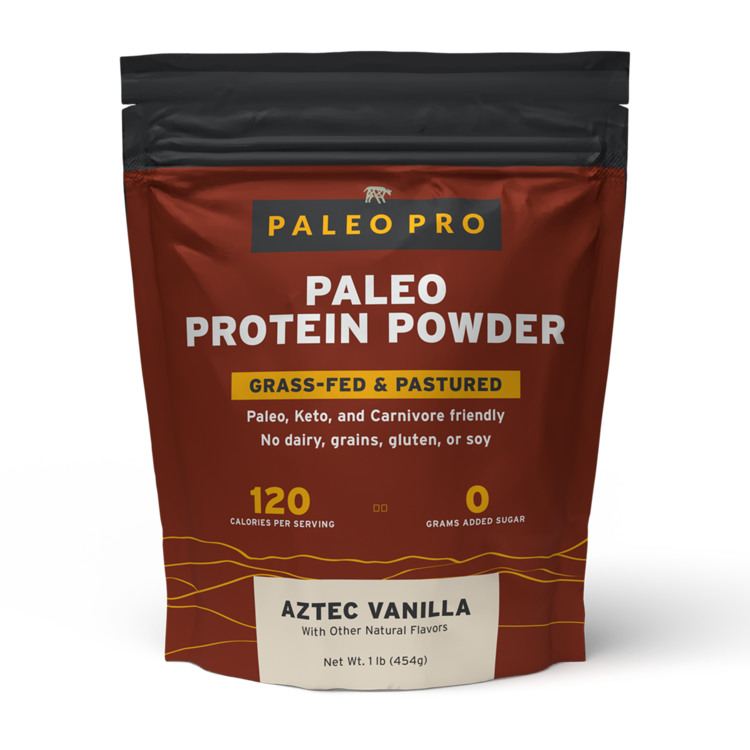
Specialty Fitness Stores
Expertise at Your Fingertips
Specialty fitness stores represent another promising option for those seeking protein powder. Designed for fitness enthusiasts, these stores usually stock a curated selection of supplements. The staff at these locations are often well-trained, offering expert guidance. Their knowledge can be particularly beneficial if you have specific fitness goals or dietary restrictions.
In most cases, specialty fitness stores carry higher-quality brands, including premium protein powders. You might find uncommon blends that target niche markets, such as athletes or those following specific dietary routines. Moreover, many of these stores offer exclusive in-store samples, allowing you to taste before you buy. Trying samples can help you discover new flavors or formulations that suit your needs.
Creating a Personalized Experience
The experience in specialty fitness stores often extends beyond basic purchasing. Many locations offer personalized supplement stacks designed for individual goals. For example, staff may create tailored plans that include protein powders and other supplements. This personalized attention can significantly enhance your return on investment regarding health and fitness.
Additionally, specialty stores may host events or educational sessions featuring industry experts. Attending these events can provide you with updated knowledge on nutrition and supplementation. Special promotions are common as well, making it easier to stock up on your favorite powders at a reduced price. Overall, specialty fitness stores provide a focused environment where you can explore high-quality protein powders.
Direct from Manufacturers
Building Trust and Transparency
Purchasing directly from protein powder manufacturers can be an excellent choice for discerning consumers. Many reputable brands offer the option to buy on their websites, providing detailed information about their products. This avenue allows you to better understand the company’s sourcing, manufacturing processes, and ingredient transparency. Knowing where your protein comes from fosters trust and enhances your overall experience.
Buying directly from manufacturers often leads to access to exclusive deals and new flavors. Many companies launch promotions that may not be available via third-party retailers. Additionally, subscribing for regular deliveries ensures you receive your protein powder consistently, often at a discount. This can save both time and money in the long run.
Unique Formulations
Many manufacturers differentiate themselves through unique formulations or specialized protein blends. For example, some brands may offer protein powder that caters to specific dietary preferences. Options can include vegan protein, keto-friendly choices, or those enriched with additional nutrients. This specialization is an excellent way to meet the specific needs of diverse consumers.
Additionally, buying directly allows you access to limited-edition flavors or seasonal offerings. Following brands on social media or subscribing to their newsletters can provide updates on these special products. It’s an exciting way to stay engaged with your favorite brands while enjoying unique protein powder options. Overall, purchasing directly from manufacturers elevates your buying experience with additional value and insight.
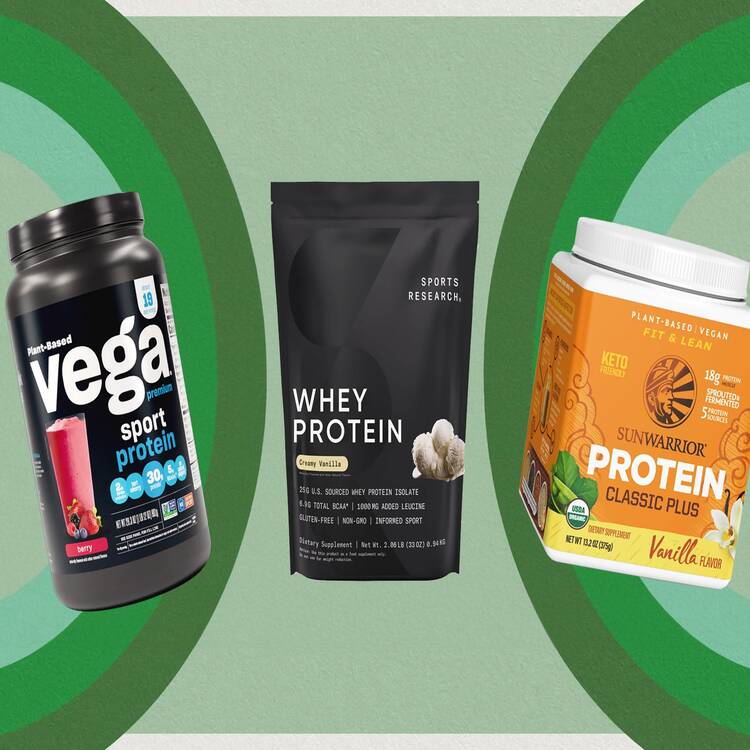
Bulk Purchasing Options
Advantages of Buying in Bulk
Acquiring protein powder in bulk is an option that many health-conscious consumers may overlook. Bulk buying often leads to significant savings on your purchase. Many manufacturers and wholesalers provide markdowns for large quantities. This practice not only saves money but also reduces the frequency of reordering, offering convenience.
Moreover, buying in bulk minimizes packaging waste, aligning with environmentally friendly practices. By purchasing larger quantities, you contribute to reducing plastic waste associated with smaller containers. Additionally, it often results in fewer trips to the store or fewer shipping orders. This way, you can focus more on your fitness routine without interruptions to restock protein powder.
Local Co-ops and Warehouses
Local co-ops or warehouse clubs can provide an excellent venue for bulk purchasing. These organizations often carry a variety of protein powders. Shopping at co-ops might also allow you to find brand options that prioritize sustainability and organic sourcing. Members share in the benefits, strengthening community ties and promoting healthier lifestyles together.
Warehouse clubs, such as Costco or Sam’s Club, often stock larger containers at reduced prices. Accessing these locations might require a membership, but the potential savings can be worthwhile. Additionally, many warehouse clubs provide a selection of health products that do not appear in standard grocery stores. This diversity can lead to discovering new favorites while enhancing your overall nutrition.
Nutritional Supplements Expos and Health Fairs
Engaging with Industry Experts
One less conventional route to getting protein powder is attending nutritional supplements expos or health fairs. These events often feature a variety of brands showcasing their products. Attending such an event allows direct interaction with people knowledgeable in the supplement industry. You may examine product offerings and sometimes even receive samples.
Furthermore, these events often host informative sessions on nutrition and supplementation. By participating, you can expand your knowledge base and learn about recent trends. Companies frequently unveil new products during these events, providing a unique opportunity for early access.
Networking and Community Building
Engaging at these expos also fosters community connections among like-minded health enthusiasts. Networking allows you to share experiences and recommendations with others. By engaging in conversations, you may find valuable insights about protein powders and diet strategies. This sense of community can enrich your journey to health and fitness, providing motivation and support.
Moreover, these expos often include workshops led by fitness experts. Gaining insights from professionals fosters deeper understanding and alignment with your goals. Taking part in such events benefits your educational experience while creating long-lasting connections. In conclusion, exploring nutritional supplements expos can yield valuable information and offers to enhance your protein powder journey.
Subscription Services
Convenient Solutions
Subscription services have gained popularity as a modern solution for acquiring protein powder. These services allow you to receive regular shipments of your preferred protein powder. This convenience eliminates the hassle of remembering to reorder consistently. A subscription can be tailored to suit your needs, whether it’s delivered monthly, bi-weekly, or on another schedule.
Additionally, many subscription services offer the flexibility to change your order at any time. This can be beneficial as you explore different flavors or switch to various protein types. Keeping your protein intake diverse enhances the overall enjoyment of your supplementation routine. Moreover, some services provide exclusive discounts for subscribers. This costs savings add value to this convenient delivery method.
Exploring Various Options
There are many subscription services that cater specifically to protein powder consumers. Some renowned brands offer direct subscription models, while others partner with broader platforms. Researching these various options allows you to find the best fit for your lifestyle and budget. Pay attention to customer reviews, as they can provide insight into service quality and product satisfaction.
Furthermore, subscription services may feature adjustable serving sizes or customizable blends. This personalization can greatly enhance your protein intake experience. Overall, subscribing for protein powder brings convenience and adaptability to your nutrition approach. Whether you are experimenting with new flavors or sticking to a favorite, subscription services simplify the process of maintaining healthy habits.
Conclusion
Finding where to comprar protein powder is a journey filled with multiple options. From local health food stores to online retailers, the choices are abundant. Each avenue offers unique advantages, including cost savings, personalization, and convenience. Consider your specific needs, preferences, and dietary requirements when exploring the possibilities.
Additionally, engaging with experts through specialty stores or expos can provide invaluable knowledge and recommendations. Using bulk purchasing strategies can also enhance your experience and promote sustainability. Lastly, subscription services present an innovative solution to maintaining your protein intake with minimal effort. As you explore these options, you’ll undoubtedly find the protein powder best suited for your health journey. Embrace the journey, and empower yourself to meet your fitness goals.
